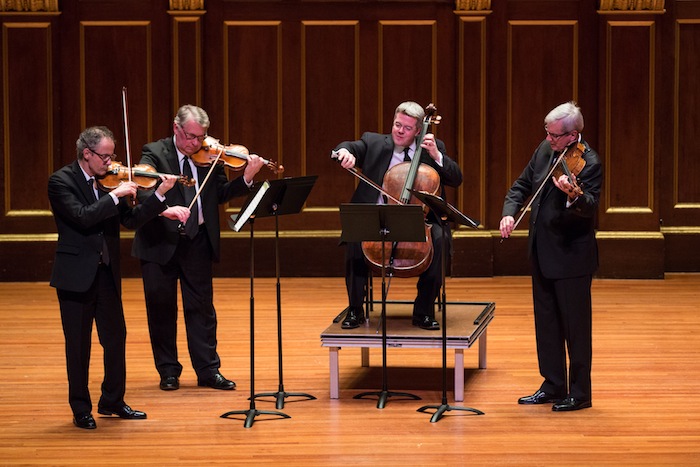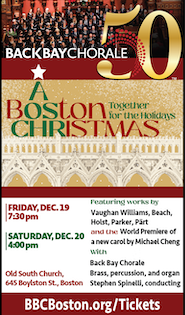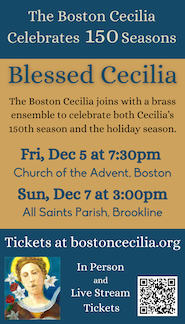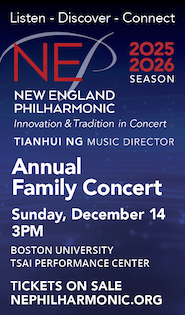At 40, the Emerson Quartet brings precision and intimacy to Celebrity Series concert

The Emerson String Quartet performed music of Mozart, Ravel and Shostakovich Sunday at Jordan Hall. Photo: Robert Torres
The Emerson String Quartet has long been known for playing of expressive depth and uniform blend. Founded in 1976, the ensemble has enjoyed a career marked by many firsts. It was one of the first chamber ensembles to rotate its violin positions, and in 2002 the musicians popularized the practice of standing—save for the cellist—to achieve a greater intimacy of sound.
Now in its 40th season the quartet stands at the height of its powers for precision and interpretative nuance. Sunday afternoon at Jordan Hall, the venerable ensemble performed a vital and elegant program of works by Mozart, Ravel, and Shostakovich.
Eugene Drucker (violin), Philip Setzer (violin), and Lawrence Dutton (viola) have built an ensemble noted for its smooth tonal blend and fine technical skill. Cellist Paul Watkins replaced David Finckel in 2013 and brought a burnished sonority and expressive grace to the quartet.
The opener, Mozart’s String Quartet in D minor, K. 421, was a fine vehicle for the quartet’s expressive powers. The work, composed in 1783, is marked for its silky resonance. It is one of the six quartets Mozart wrote for Haydn, and it unfolds in a taut formal design that highlights episodes of stirring drama.
Yet in the Emerson Quartet’s hands the piece was cast more in sunshine than in shadow. Theirs was a soft reading finely attuned to the work’s tender lyricism. The first movement, taken at a stately tempo, flowed in weeping phrases. The lines of the second were cast in arcs of vocal-like delicacy, with the musicians supplying their lines with warm singing tone.
Dance music permeates the final two movements. The minuet brought a bit of drama as the quartet shaded their passages with subtle dynamic contrasts. The resulting music was never robust and it managed to sing throughout. The theme and variations of the finale were shot through with a Terpsichorean lilt. The players deftly highlighted Mozart’s sudden shifts of mood and abrupt key changes to put an exclamation point on a fine performance.
Ravel’s only String Quartet was not well received by the composer’s peers. Fauré, Ravel’s teacher and the work’s dedicatee, declared the piece a failure. Yet Ravel’s quartet has become a popular repertoire item for its lyricism and wit.
For the Emerson Quartet, the work was a kaleidoscope of orchestral-like color and texture. Inner voices rumbled beneath the melodic surface, Drucker’s violin and Watkins’ cello combined for pristine octaves, and well-placed pizzicatos, especially those of the second movement, and agitated statements of the finale resonated with live-wire energy.
The third movement offered a moment of rare beauty. A free-flowing melody spun over gently shifting chords, and Dutton’s lyrical phrases came to rest on sonorities that hung in the air like sheen of rain. Hints of the first movement’s theme, played softly, haunted the music like a ghost.
The quartets of Shostakovich are popular pieces for the Emerson Quartet as the ensemble has recorded the complete cycle under the Deutsche Grammophon label. The Tenth Quartet, heard Sunday afternoon, is a work of sly humor.
The composer’s austere style, which is spotted with dissonances and chromatic melodic tones, frequently results in cold interpretations. But the Emerson Quartet found enveloping warmth in Shostakovich’s lines.
That was immediately apparent from the opening, where a meandering melody coalesced into phrases of hymn-like serenity. Watkins’ cello solo was a darkly lyrical complement to the bare statements supplied by the other players. In the third movement, the musicians wove their phrases into a glowing web of sound.
The second movement, full of Bartókian edge, took on a bristly intensity as the quartet dug in for blunt, stuttering statements. The fourth movement had a propulsive energy as the music took on the feel of a dark polka. Humor and warmth were never far away, and the Emerson Quartet played with superb control and musicality.
A single encore, the slow movement from Beethoven’s String Quartet Op. 135, was sublime and melting. The string quartet, as Haydn said, is a conversation among friends. The musicians of the Emerson Quartet are so close that they can finish each other’s sentences.
The Celebrity Series will feature soprano Diana Damrau and harpist Xavier de Maistre 3 p.m. December 4 at Jordan Hall. celebrityseries.org; 617- 482-6661.
Posted in Performances


